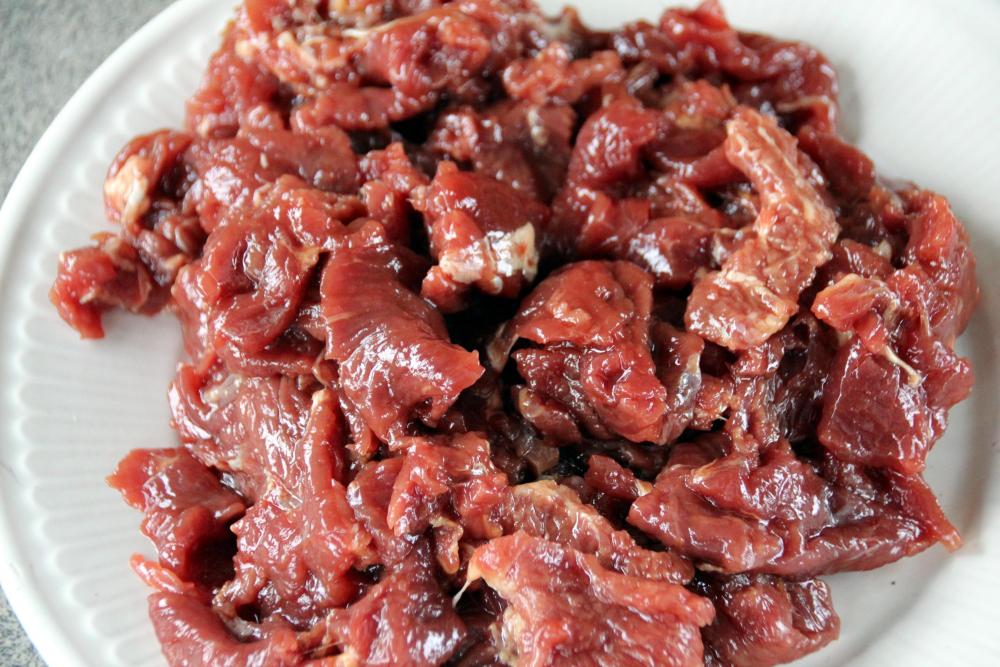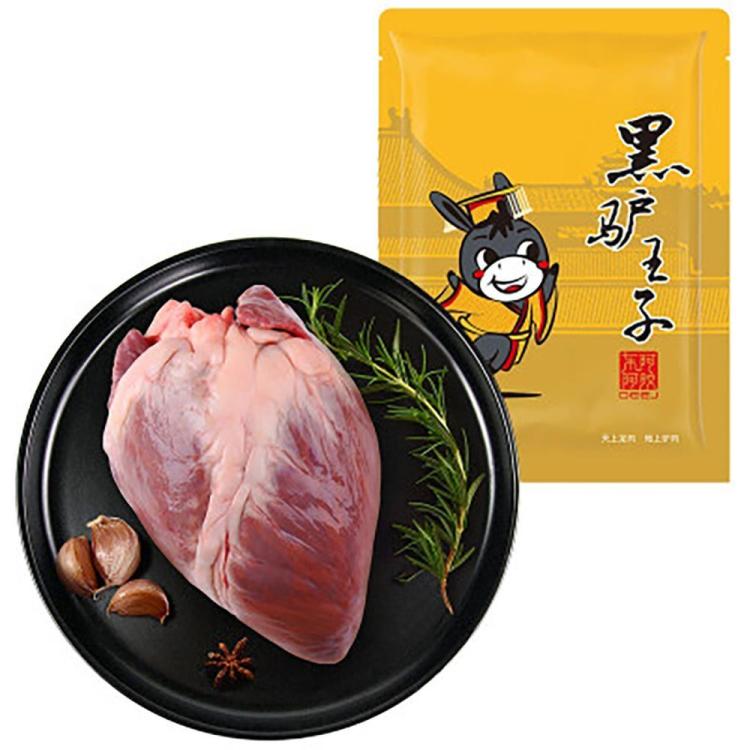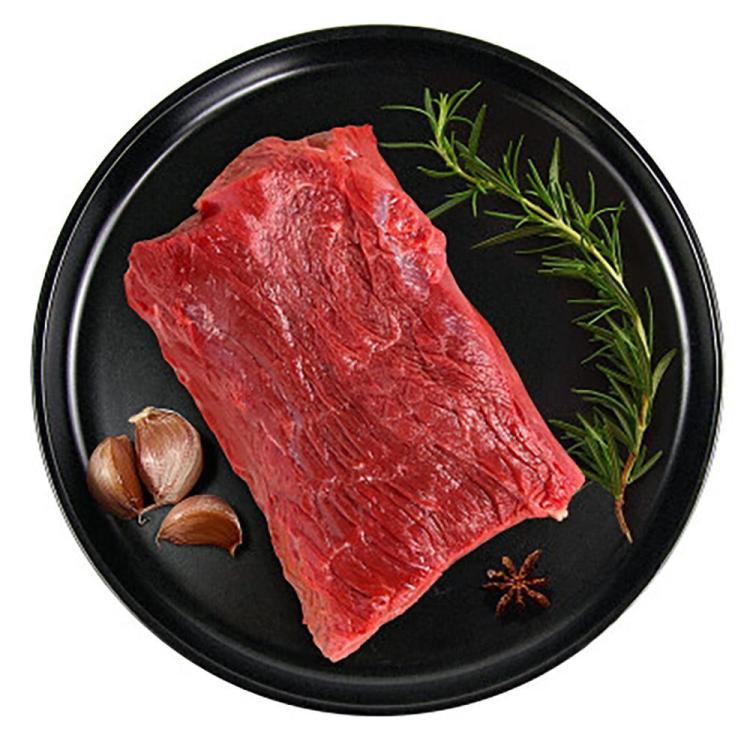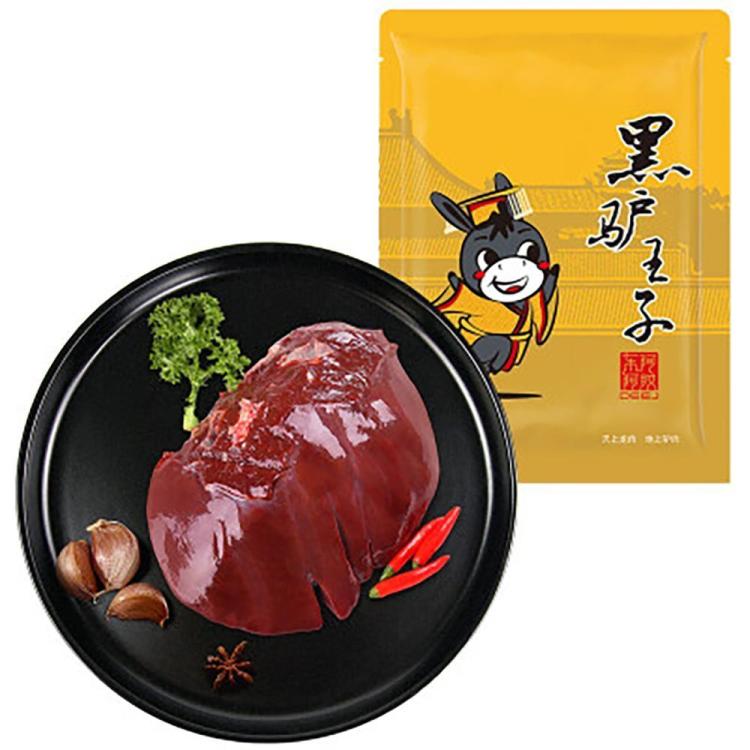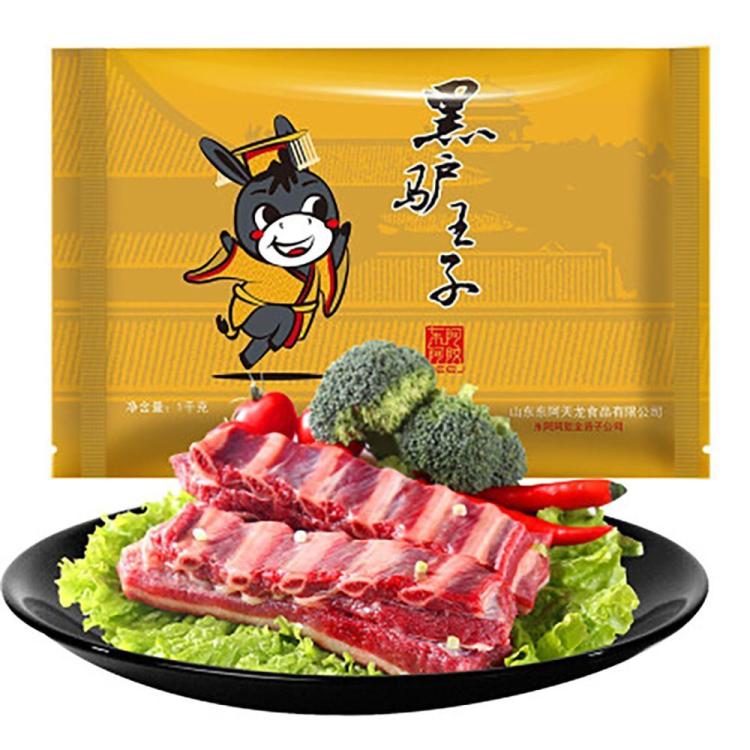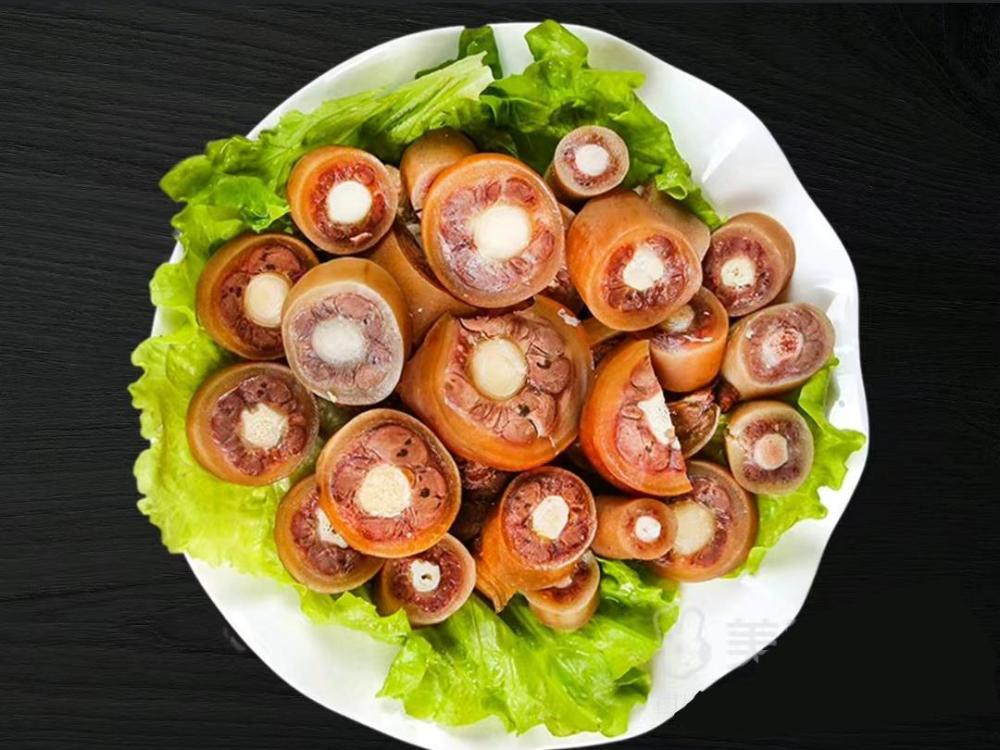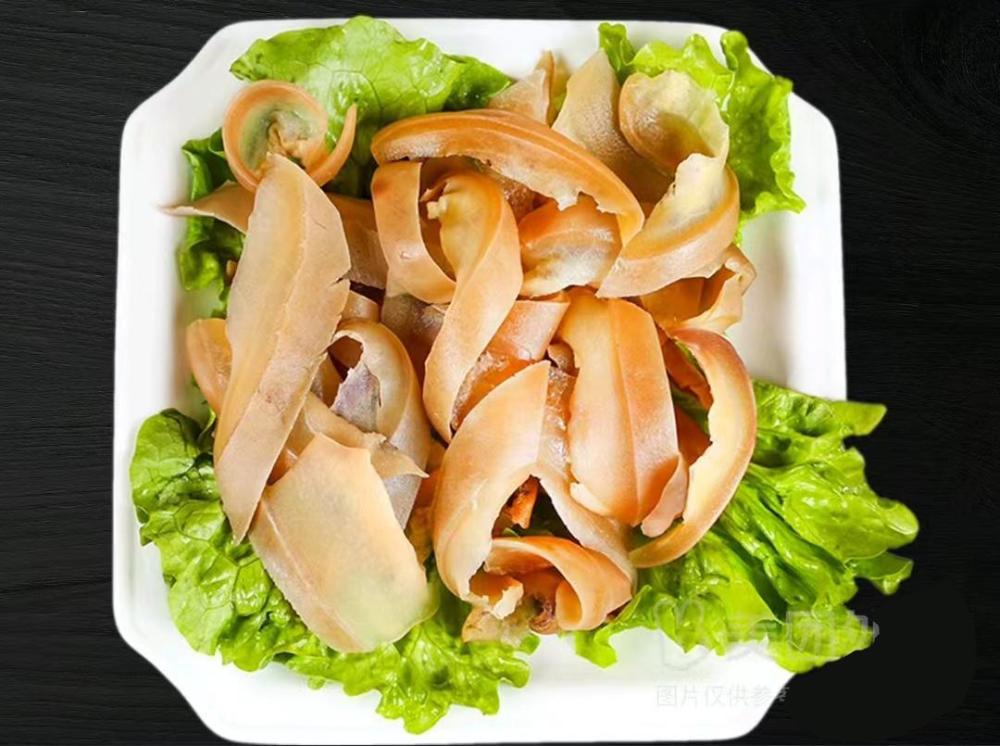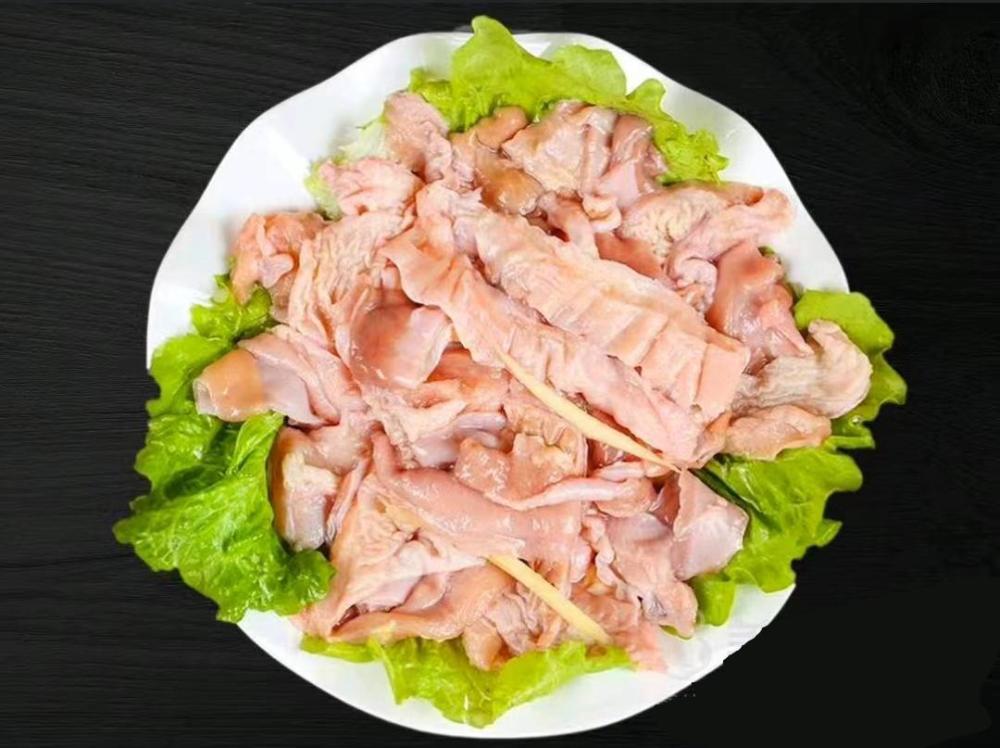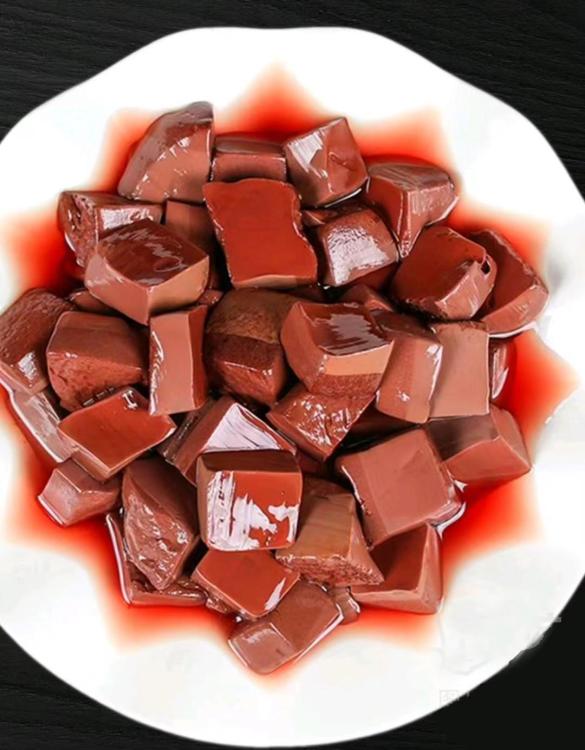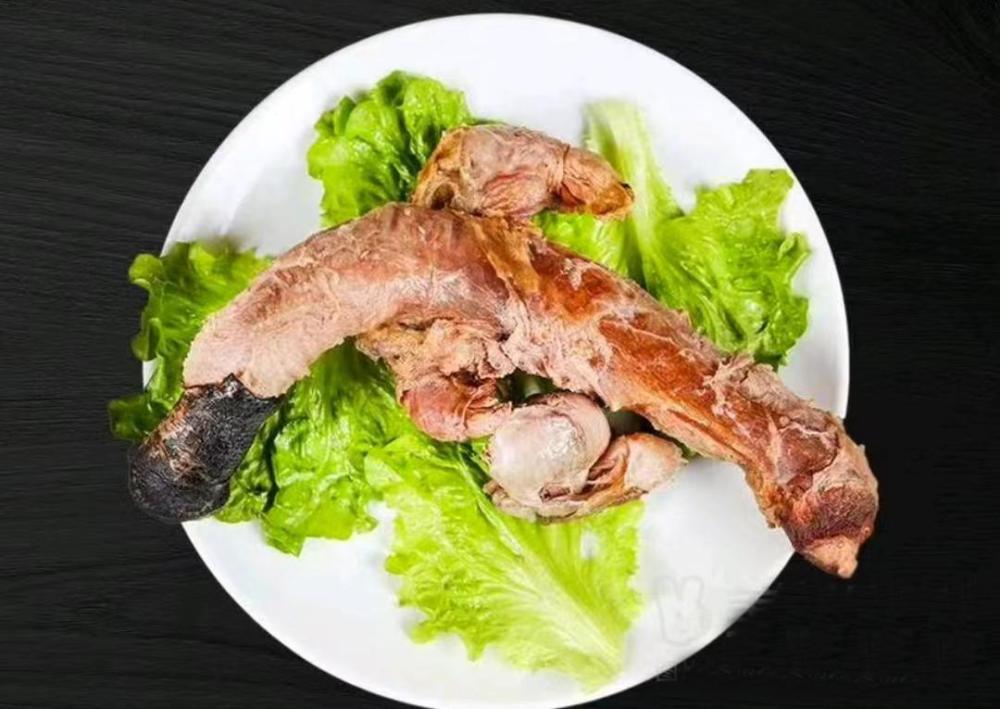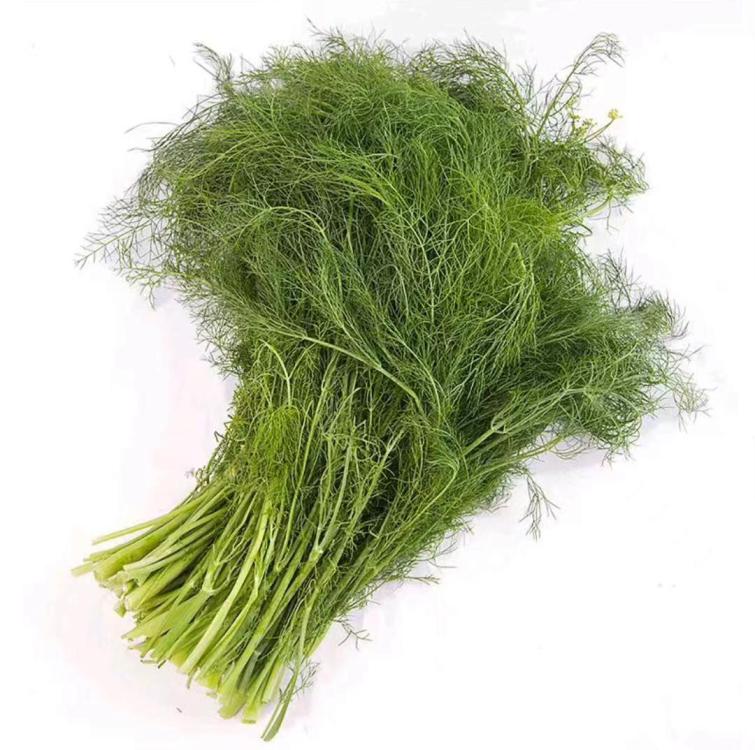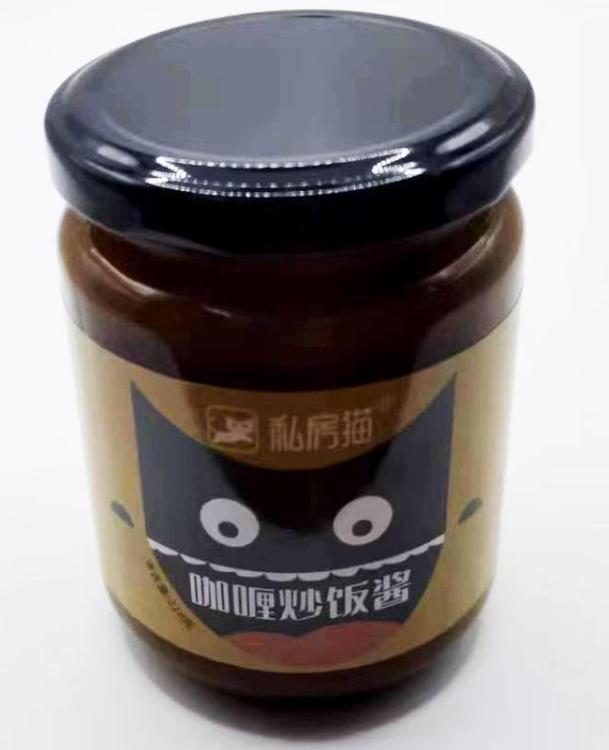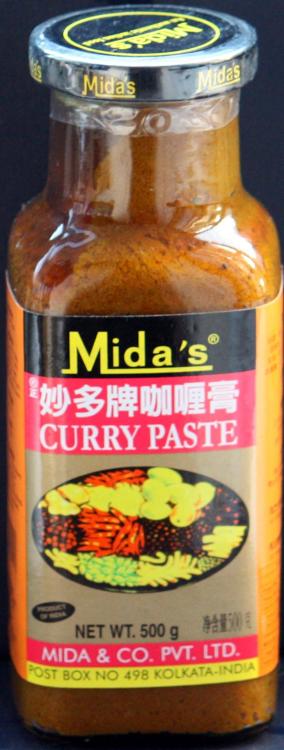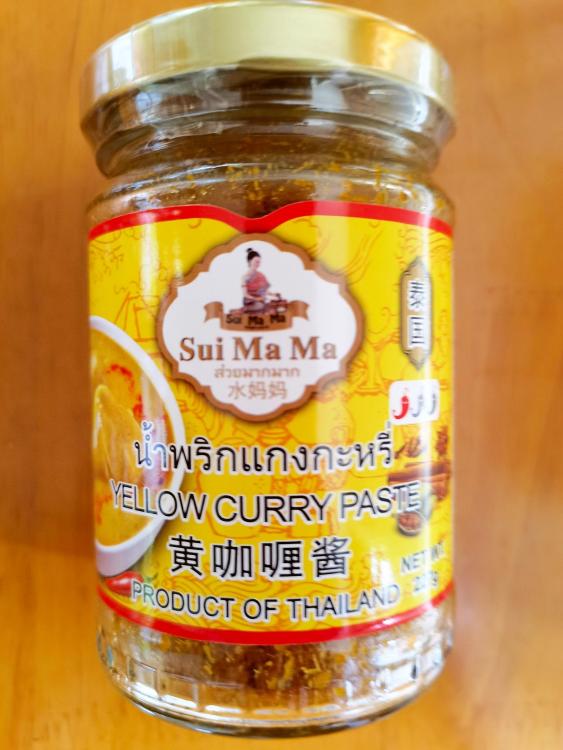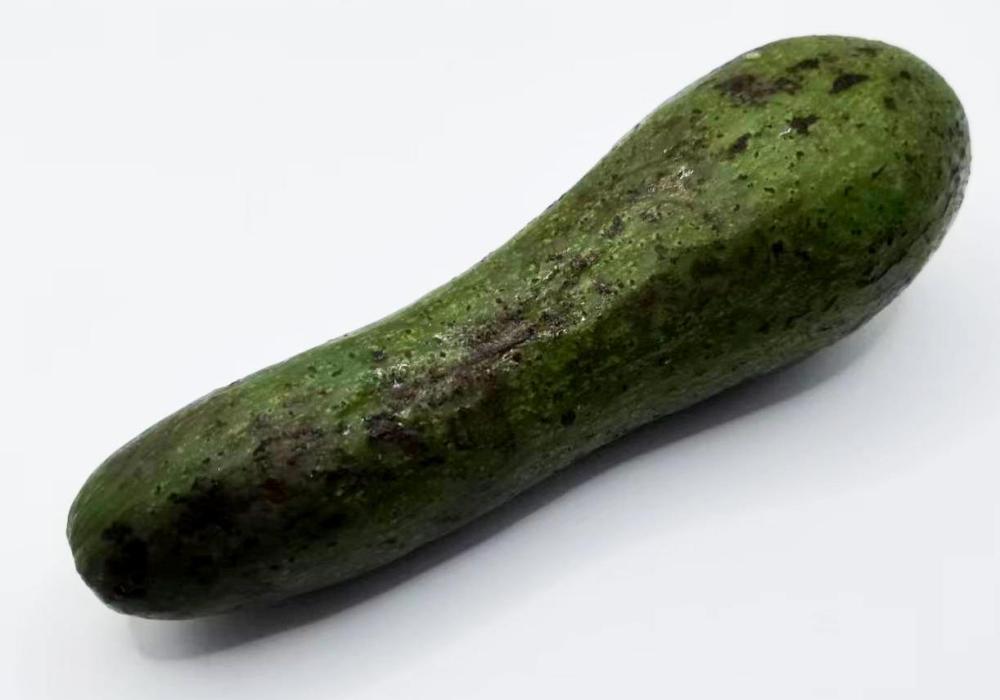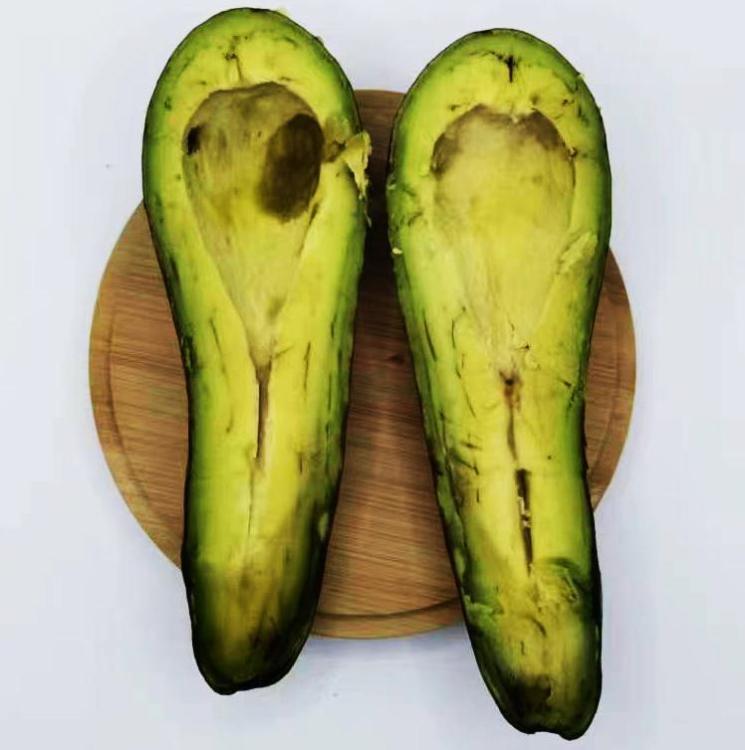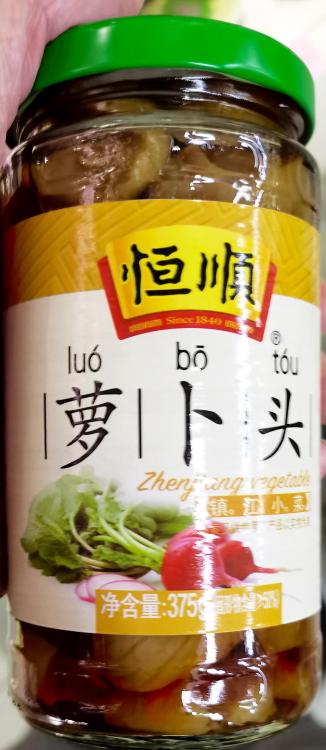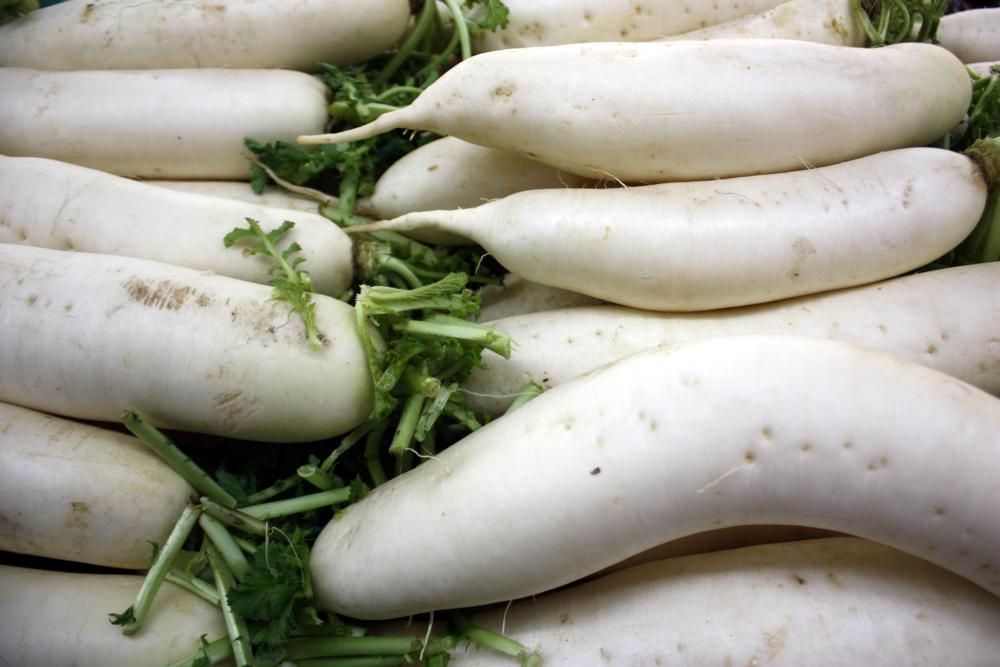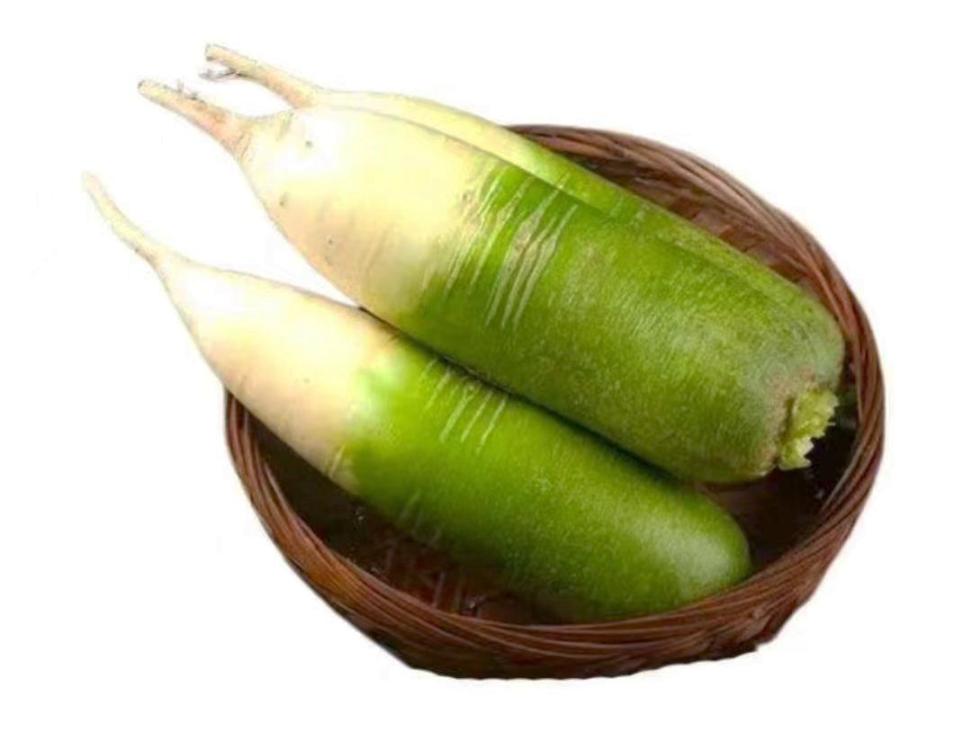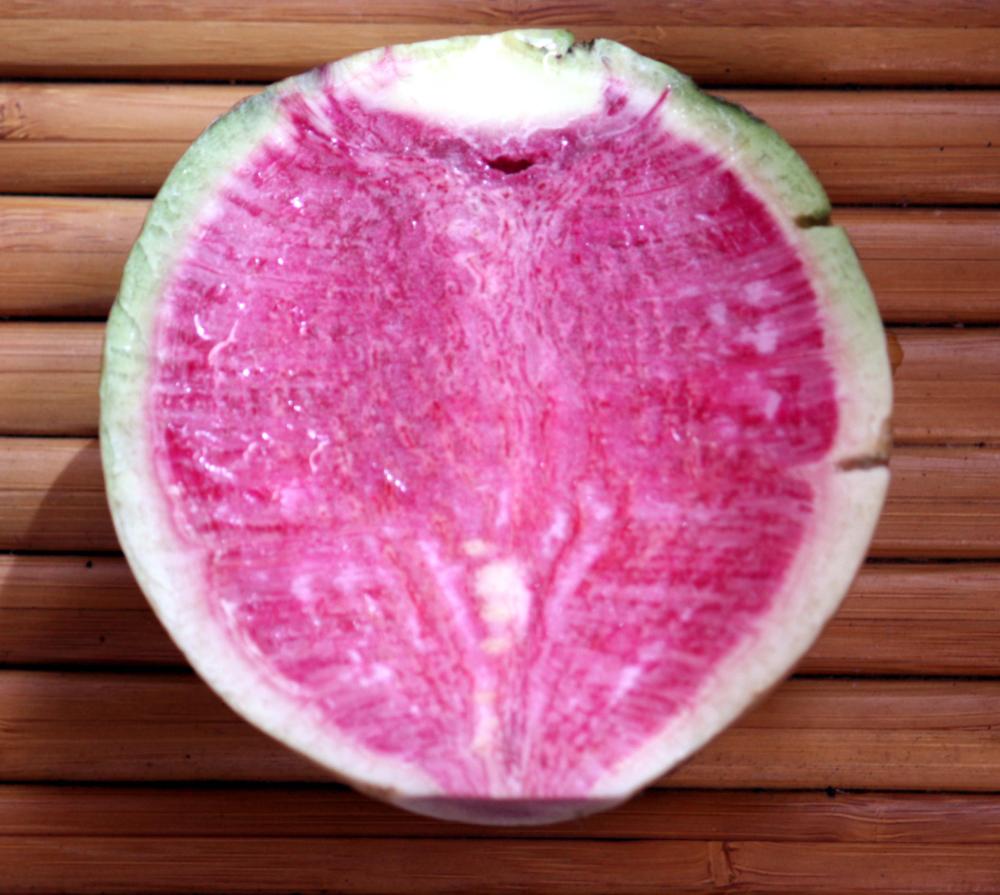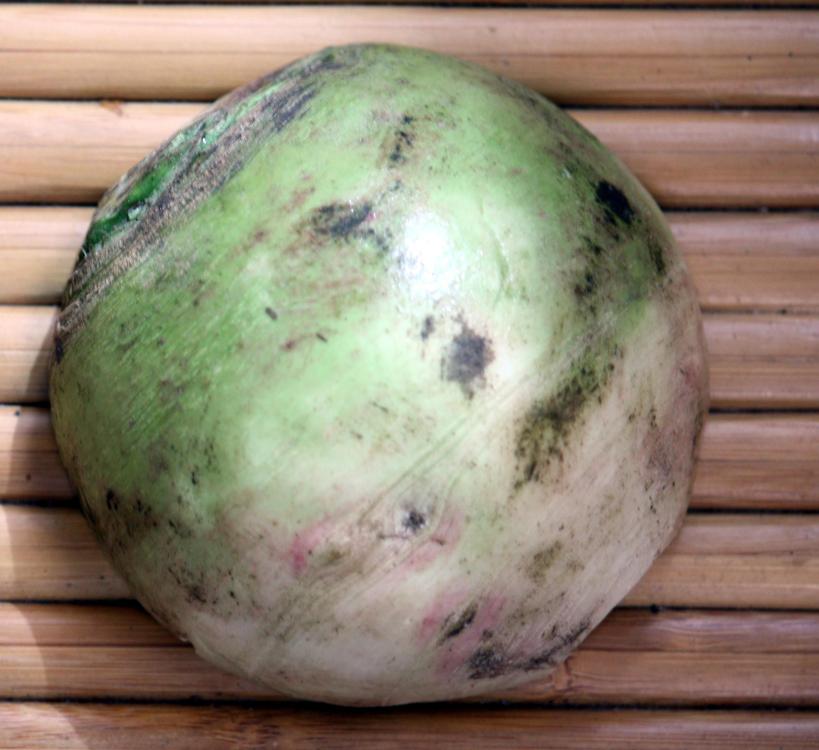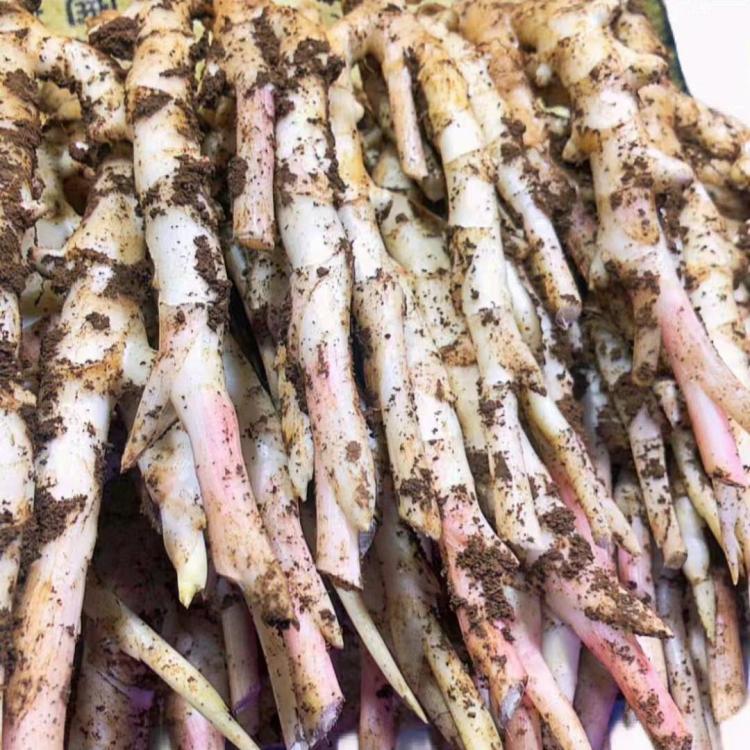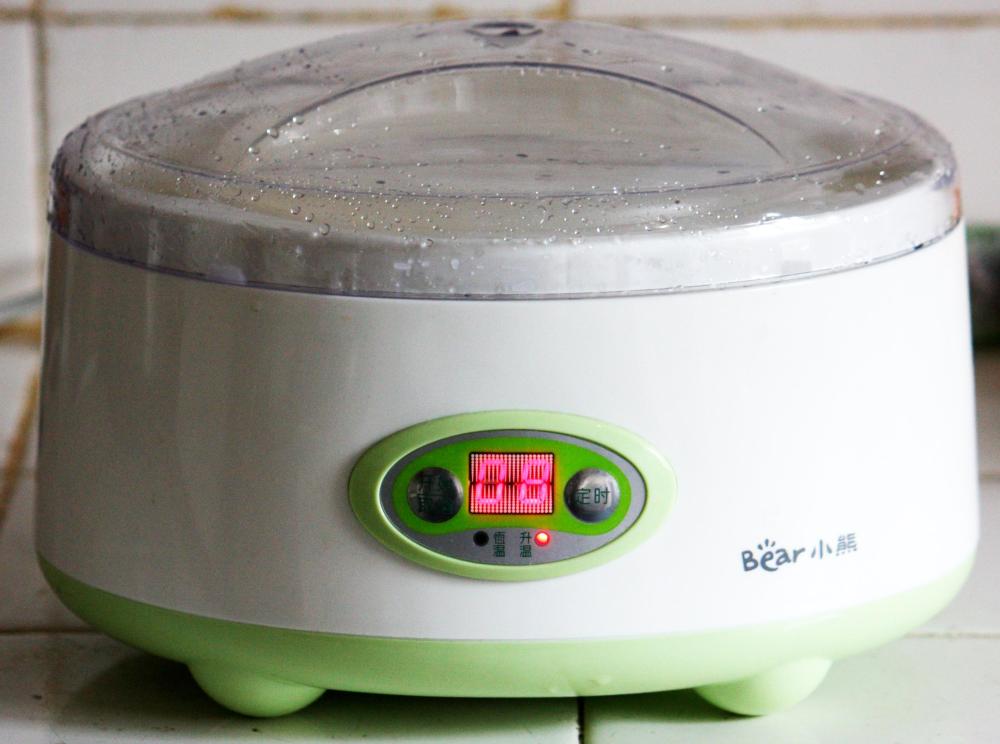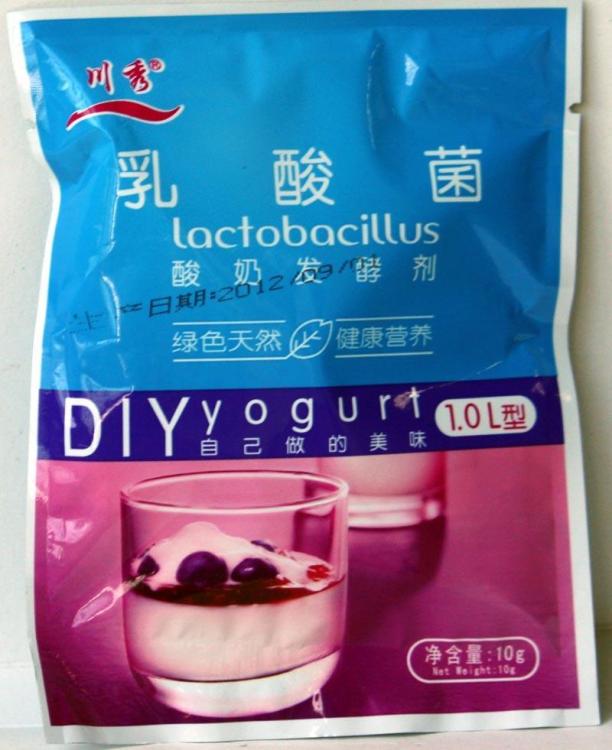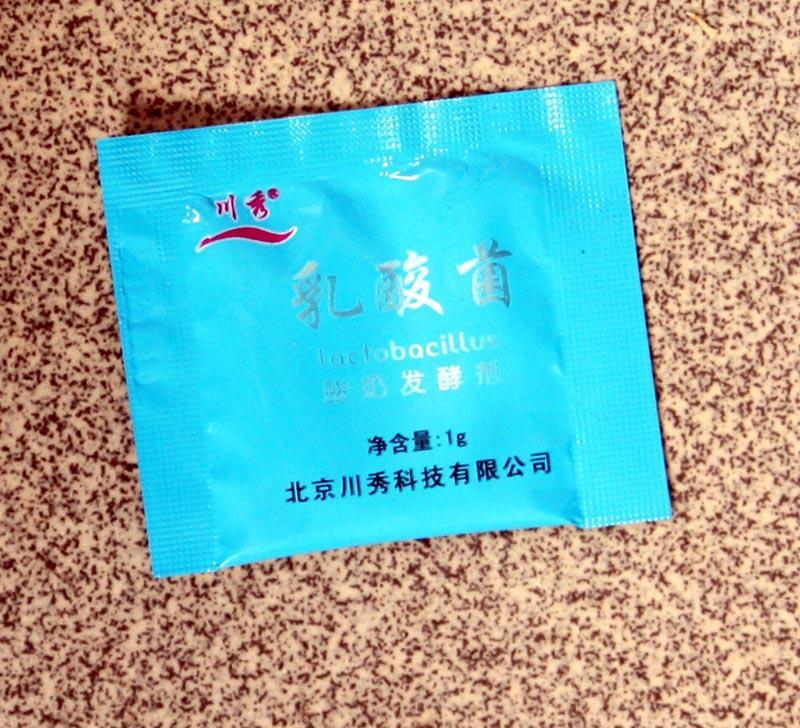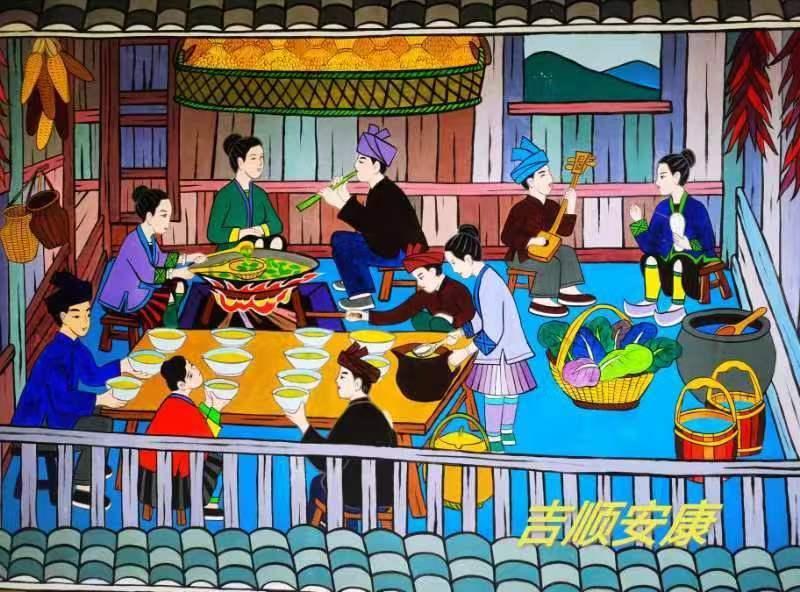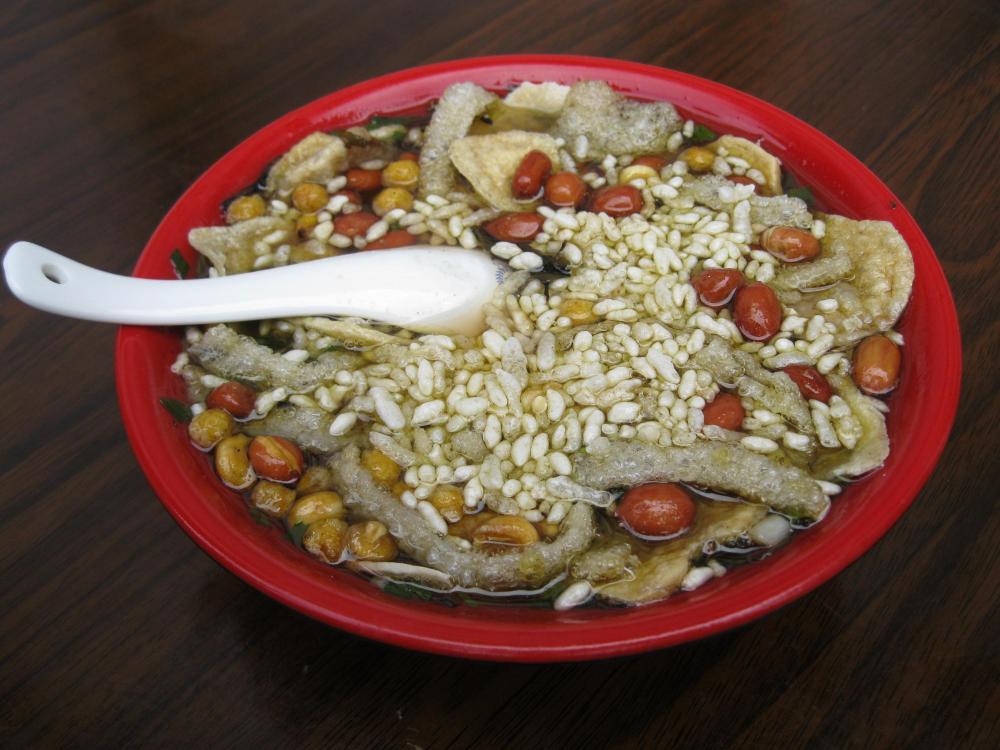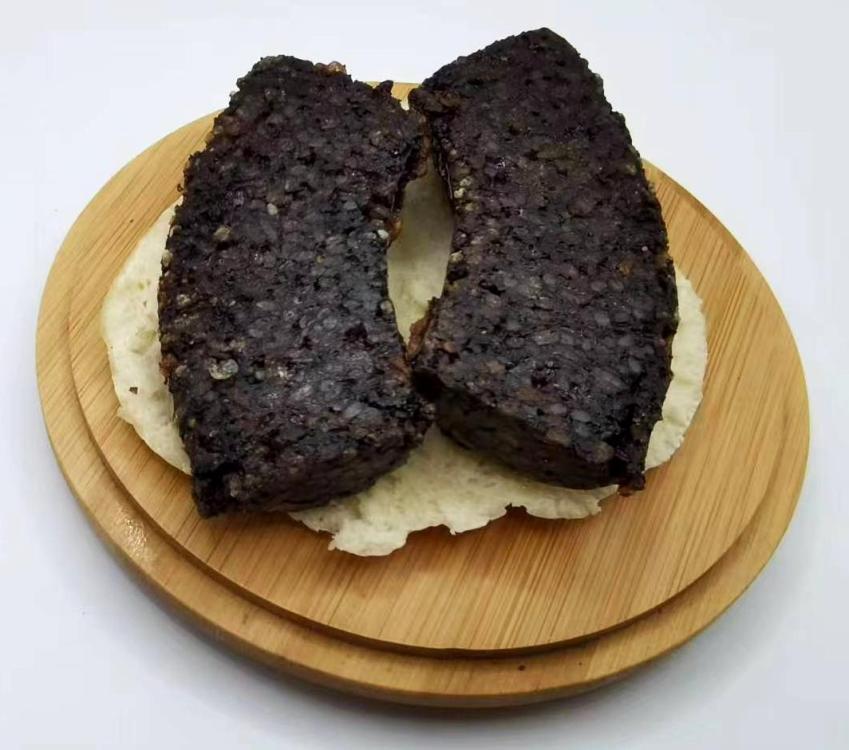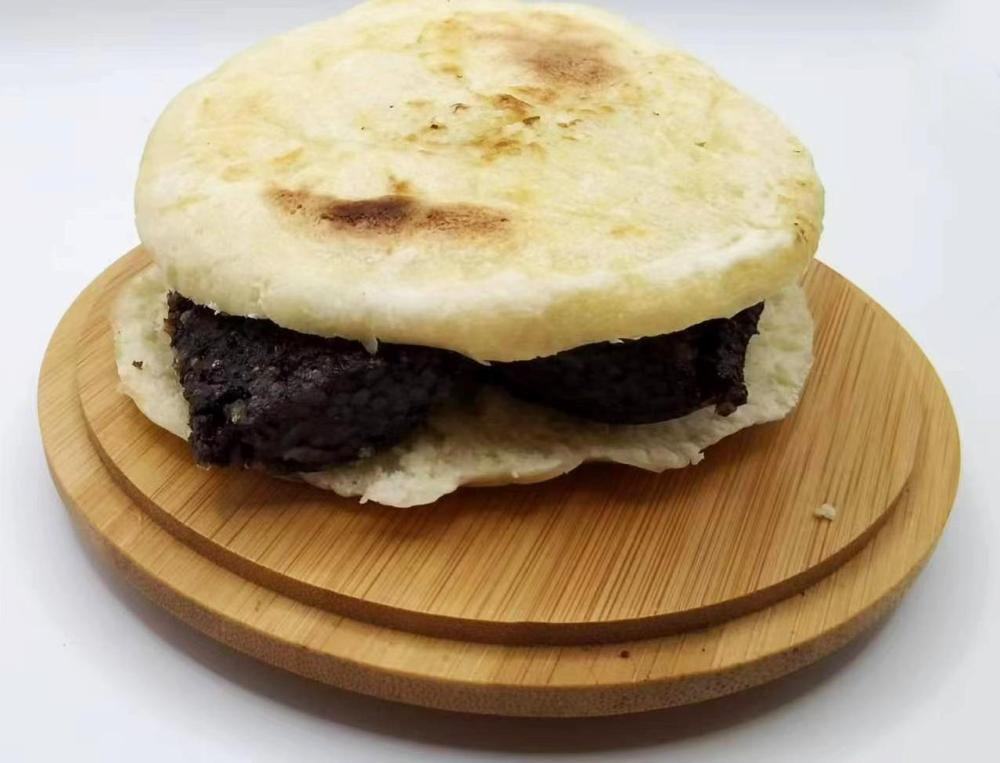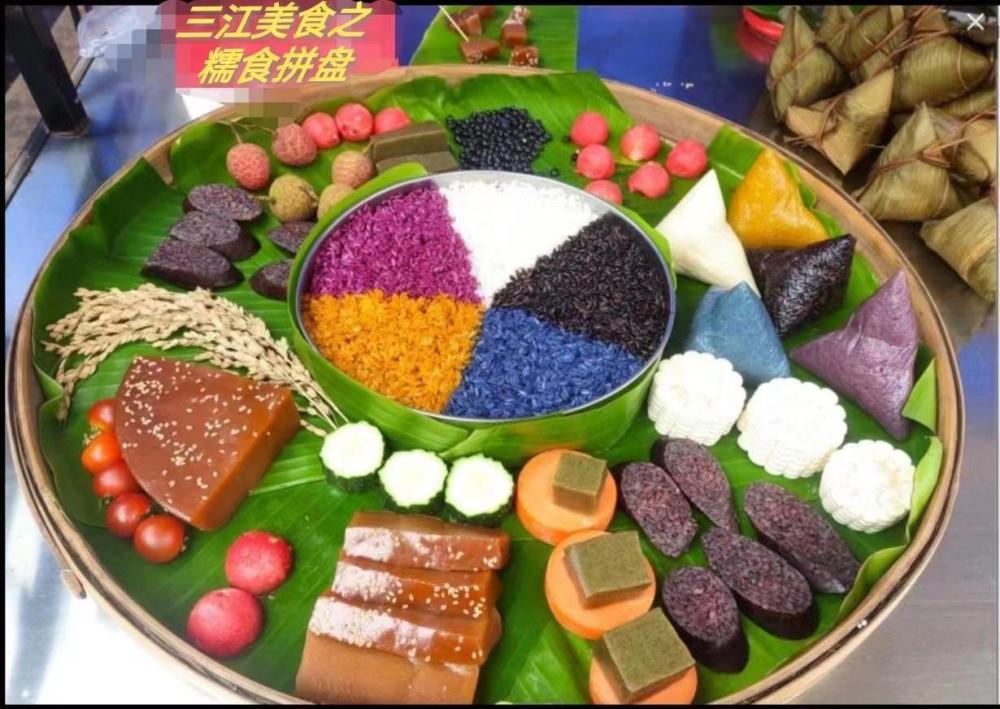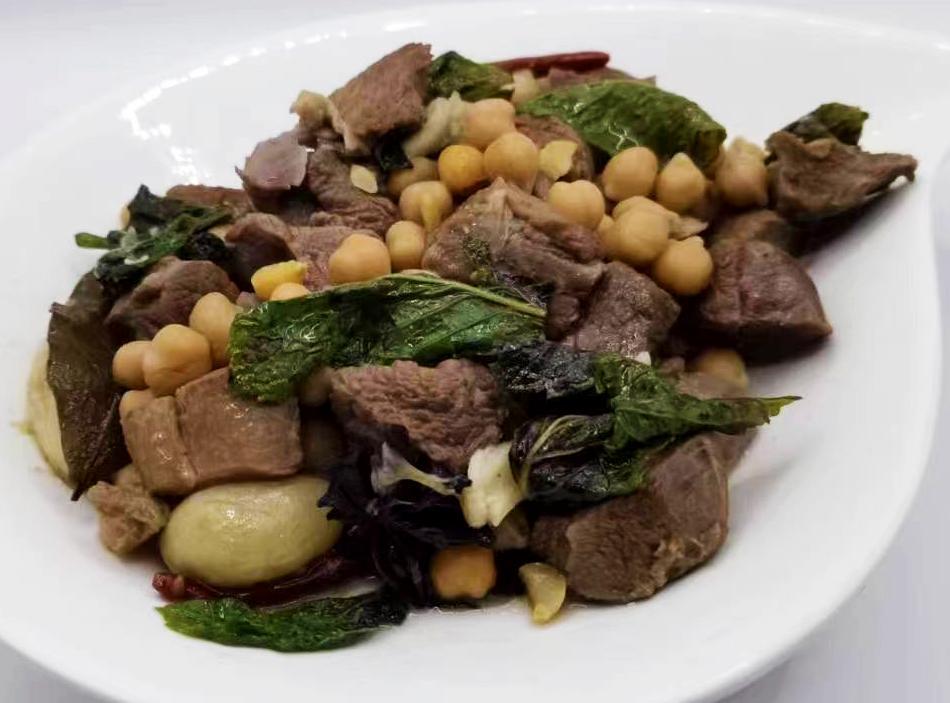-
Posts
16,679 -
Joined
-
Last visited
Content Type
Profiles
Forums
Store
Help Articles
Everything posted by liuzhou
-

A pictorial guide to Chinese cooking ingredients
liuzhou replied to a topic in China: Cooking & Baking
You were lucky. The only donkey I ever got close and personal with was also an old one on my uncle's "farm". It was farmland, but he only bred horses for the riding of; not for eating. I spent a lot of time there from when I was a child until I was 18 and went to university in London. My mother says I could ride a horse before I could walk, but I take that with a pinch of fleur de sel, although I can't remember not being able to ride. There were about 40 horses and this old donkey. One of my secret talents is that I am a certified. licenced (under British law) horse riding instructor. Haven't used it for over 50 years, though. Anyway, that donkey was the meanest creature I've ever met (apart from some humans). It played passive then would very carefully stomp on your foot with its hooves. It also bit anything that moved, including children who tried to play with it. Much as I love to eat donkeys now, I'm sure that one's meat would have been tainted by its rancorous nature. Donkey isn't that popular where I live in the south, but is big in central China, particularly Hebei province. 保定 (bǎo dìng), a city in Hebei is famous for 驴肉火烧 (lǘ ròu huǒ shāo), donkey burgers! Here, horse is very popular in Guilin, an hour north of me. So tender it defines 'melt in the mouth' but donkey is even more tender. There is a great horse restaurant near my home which has wonderful horse noodles and horse hotpot in the winter months. That said, I first ate horse in France as a child. My maternal grandmother cooked it regularly. I don't remember any viande d’âne, though. I've only eaten that in China. -
Reminds me of when I moved to China. I was renting my London apartment out and, for various reasons, had to move in with my daughter for a couple of weeks before my departure. I was putting all my belongings into storage a week before moving to her place and she was helping me pack stuff. I asked her to clear out the kitchen drawer containing my eating utensils saying "leave one of each'. After she left I bought a Chinese take out meal from the local restaurant, went to eat it and found one chopstick. Totally her sense of humour! Don't know who she gets it from?!
-

A pictorial guide to Chinese cooking ingredients
liuzhou replied to a topic in China: Cooking & Baking
Several times, I have expressed my predilection for the cooking and consumption of Equus asinus, the donkey. It is, in fact, my favourite red meat, just edging out its cousin the horse. Unfortunately, the restaurant which sold me the meat (and in which I also often dined) closed about a year ago when the owner retired. Recently I found a new vendor, again a restaurant which also sells the meat for home cooking. It comes in various forms. Most common, of course, is simply sold as 驴肉 (lǘ ròu), 'donkey meat'). Which part of the animal is not mentioned, though I suspect both tenderloin and rump are what I get, depending on the vendors stock at any one time. Leg however, is specified. 驴肉 (lǘ ròu) Donkey Meat Then it gets more interesting. In random order: 驴腿 (lǘ tuǐ) Donkey Leg 驴排骨 (lǘ pái gǔ) Donkey Ribs 驴尾 (lǘ wěi) Donkey Tail 驴肝 (lǘ gān) Donkey Liver 驴心 (lǘ xīn) Donkey Heart 驴杂 (lǘ zá) Donkey Mixed Offal 驴肚 (lǘ dǔ) Donkey Tripe 驴皮 (lǘ pí) Donkey Skin 驴肠 (lǘ cháng) Donkey Intestines 驴脑花 (lǘ nǎo huā) Donkey Brain 驴血 (lǘ xuè) Donkey Blood 驴鞭 & 蛋 (lǘ biān & dàn) Mr. Donkey's Reproductive Equipment All of these delights are prepared and served just like the same parts of other animals. All images except the first are from Meituan food delivery service app. The first is mine. -
Interesting. Not a problem I've ever come across, though. If it's common in some places, then the ban would make sense.
-
I understand the durian and, to a lesser extent the mangosteen but the jackfruit has me beat. Durian is banned in many hotels and even on buses across SE Asia because it stinks. I don't mind the smell and love the fruit, but many people find it revolting. I have a friend here who won't even walk past a shop selling it. She'll cross the street to avoid it. I'm guessing mangosteens because they stain a purple color when peeled. They certainly don't smell. I look forward to @BonVivant's thoughts.
-

A pictorial guide to Chinese cooking ingredients
liuzhou replied to a topic in China: Cooking & Baking
回香 (huí xiāng) Fennel (Foeniculum vulgare) 回香子 or 回香籽 (both - huí xiāng zǐ), Fennel seeds have been available here for longer than I’ve known them. They are one of the more common seeds in five spice and other powder mixes, so they are easily obtainable. In fact, most people don’t even bother saying or writing the final character meaning ‘seed’; it’s taken for granted. However until very recently (by which I mean about two weeks ago) fennel bulbs (回香头 - huí xiāng tóu) or fennel leaf/fronds (回香菜 - huí xiāng cài) were totally unknown. Suddenly they popped up all over my food delivery app. I still haven’t seen them in any store or market. Seeds are around $2 USD for 100 g; leaves are 70 cents for the same amount; whereas the bulbs $1.40 for 300 g. The bulbs are still the most difficult to find. -
I always have this 'sea caviar' in the pantry. Known here as 海葡萄 (hǎi pú tao), 'sea grapes'. My usual brand is sourced from Vietnam (just down the road) but last but one time I reordered it the supplier was out of stock so I bought it from another. The new supplier's 'grapes' were tiny; less than half the Vietnamese ones. Yes, they came from Malaysia. My usual Vietnamese grape supplier has now restocked.
-

A pictorial guide to Chinese cooking ingredients
liuzhou replied to a topic in China: Cooking & Baking
Yes. Many (most?) spices are seeds and seeds are on many countries banned lists as they can carry invasive nasties. -
Have you eaten the long-necked avocados? 13+ inches.
-

A pictorial guide to Chinese cooking ingredients
liuzhou replied to a topic in China: Cooking & Baking
When I made curries of any type in the past, I always made from scratch, too. "Curry powder" and "curry paste" were profane expressions. However, like you, I've had to make an exception here. Many of the spices I would use simply aren't available. Even coriander seeds, I have to import. Although coriander leaf is their favourite herb, the Chinese just don't eat the seeds. Some of my friends (even professional cooks) have been astonished to discover they are not only edible but highly regarded across the world. I can buy hundredweight sacks from farmers'supply markets but even those are coated with chemical germination enhancers. At least the import people let me buy them culinary grade and in 500 gram bags. Still a lot, but manageable. Also, many of the herbs and spices I would want to make Thai or Burmese (my favourite 'curry') are simply unavailable. -
Yes, but this one did have as much flesh as usual. It was just elongated. Also, from what I've read long-necked avos do have a lower flesh to seed ratio, although I've never seen one in person. I'm a long way from Florida and rarely buy avacados anyway.
-

A pictorial guide to Chinese cooking ingredients
liuzhou replied to a topic in China: Cooking & Baking
A recent topic discussing Japanese curry powders inspired me to look into what’s available here. A quick look at Wikipedia informed me that Chinese curry powder No. It. Isn’t. Hong Kong* curry powder is. In the rest of China (99.99% of it), it is similar to Japanese. Here is an example. Chinese 'Japanese' Curry Sauce Star anise and cinnamon free. Anyway, there is little cinnamon in China (or America). Most is actually cassia. We also get those Japanese style curry blocks, but made in China. Thai curry pastes are easy to find (and to my taste) much better than the Japanese. Several varieties are available. Red, green, and more. I can source Indian curry paste and curry paste (imported via Hong Kong) as well as garam masala and other ‘Indian’ spices from Pakistan. India and China do not have good relations and very little is imported. *Hong Kong has many Indian restaurants. Some excellent. HK's famous Chungking Mansions of movie and travelogue fame has dozens. Mainland China has very few and those only in the major cities. -
I picked this up a couple of days ago but have been waiting for it to soften before sharing it. In Chinese, it was called a 糯米牛油果 (), literally, glutinous rice butter fruit, actually glutinous rice avocado. What is 'glutinous rice' about it, I have no idea. At first I thought it was a long-necked avocado, but at 6 inches it was less than half their usual length. A short long neck avocado? Opening it this afternoon, I found it tasted just like a regular avocado with a similar flesh to stone ratio as the regular shaped type. OK. but nothing special. There was no indication as to where it came from. Most of our avocados are from Chile,, due to a tarrif-free agreement with China. I bought this an hour or so before reading this.
-
-
Indeed, me neither. I gave up eating avocados about 8 years ago. Not that they were ever a favourite, lthough I did buy one yesterday because I needed to take a photograph for some work I'm doing for a client. I did feel uncomfortable yesterday then read this this morning!
-
While I have no wish to put anyone off their breakfast or whatever, I think this is worth a read.
-

A pictorial guide to Chinese cooking ingredients
liuzhou replied to a topic in China: Cooking & Baking
萝卜 (luó bo) means radish. By the far, the most common type found here are the large white variety known in the west as daikon radish, from the Japanese name (大根) or mooli from the Hindi (मूली). In fact these, in Mandarin are properly called 白萝卜 (bái luó bo) or just 白萝 (bái luó), meaning ‘white radish’ but so common are they, that this is just usually assumed. However, with a little hunting I can find other types, including 小红萝卜 (xiǎo hóng luó bo), the small red ones used in the west in salads etc. Slightly larger are these 葡萄萝卜 (pú tao luó bo) grape radishes. Odder than most are these 西瓜萝卜 (xī guā luó bo), watermelon radishes. Then today, I came across tjhese 青萝卜 (qīng luó bo), green radishes. Finally, until I find another type we have 萝卜头 (luó bo tóu) which are pickled small radishes. Sliced daikon radish is also often sold pickled by street vendors. -

A pictorial guide to Chinese cooking ingredients
liuzhou replied to a topic in China: Cooking & Baking
One thing we’re not short of here is ginger. We get all sorts. Young ginger, regular ginger, old ginger. We get sand ginger which isn’t ginger but related. It is kaempferia galanga, a type of galangal. What is rare is ginger powder but I can find it in a few bakery supply stores and it’s imported. I scream when I see recipes on the internet for “Chinese” dishes claiming ground ginger is an essential ingredient in “authentic” Chinese cuisine. Anyway, today I found a variation on the theme. 带泥嫩姜 (dài ní nèn jiāng), muddy ginger. This is what it says. The third character indicates that it is tender, which I take to mean it’s young ginger. They just haven’t washed it, presumably to prove it’s fresh, which of course it doesn’t. Bizarre. -
I use this yogurt machine which I bought for the equivalent of $8 USD fifteen years ago. It makes a litre at a time so that keeps me going for around a week. Instead of using yogurt to 'seed' the new batch I use these. This pack contains 50 x 10grams of starter. The pack of 50 costs me 40 cents, so each litre of yogurt costs less than a cent to start I too use full fat milk topped up with powdered milk as I like a thick, creamy yoghurt which I drain to make Greek-style. Low fat or skimmed just doesn't do it for me.
-
Does this painting of Dong farmers in Sanjiang represent a scene of singing and sitting happily at night? 行歌坐夜(háng gē zuò yè), ‘singing and sitting at night’ is a way for young Dong people to communicate and have courtship activities. As night falls, groups of Dong men will run to the girls’ homes to "sit for the girl". When they arrive at the girls’ homes, some girls will open the door to wait, and some will only open the door after repeated pleas. When they gather, they talk about everything, either playing around and making fun, telling each other their feelings, or singing love songs while playing the pipa or Dong flute. The young man expresses himself by telling stories, teasing, and competing for her favour, hoping to capture the girl's heart. The girls will lovingly make oil tea and cook duck porridge for the boys to taste. In this way, men and women can go from first contact to mutual understanding, and in-depth communication to cultivating feelings, and even entering the hall of marriage. Oil Tea There are a load more of these Dong Farmers' paintings on this topic. 这幅三江侗族农民画表现的是行歌坐夜快乐场景?行歌坐夜是侗族青年男女交际和恋爱活动的方式。夜幕降临,成群结伴的侗族小伙会跑到姑娘家“坐妹”,当到姑娘家时,有的是敞开大门以待,有的要经多次央求才开门。聚集时无所不谈,或打闹逗乐,或互叙衷肠,或操着琵琶、侗笛唱情歌。小伙通过聊故事、调侃生活、比拼才艺等方式来展现自我,俘获姑娘的芳心。而姑娘们会贤惠地打油茶、煮鸭粥给小伙子们品尝。通过这种方式,男女双方从接触、了解、深入交流到培养感情,乃至步入婚姻的殿堂。
-
The rice comes naturally in white, red, purple and black. The red purple are actually white rice infected (deliberately) with Monascus purpureus, a yeast which causes the colour change and is common in many products such as red rice vinegar. I forget what's used for the blue - I'll ask. Red Rice
-
Another B Breakfast. A BBBB. Batty Bloody Breakfast Butty. 血肠夹馍 (xuè cháng jiá mó), a classic Chinese dish I have just invented. Blood sausage in a Jiamo Bun*. Bun recipe in this post (scroll down).
-
Sanjiang glutinous food culture is rich, colourful, and representative of the Dong people. As the saying goes, "Dong people can't live without pickles, nor can they live without glutinous food." This is the most vivid description of Dong people's food culture. The Dong people like to grow and eat glutinous cereals, and they will use glutinous rice on holidays to make glutinous rice cakes and steamed rice cakes. Coloured glutinous rice comes in red red, black, white and more, for which 富禄乡大顺村 (fù lù xiāng dà shùn cūn), Fu Lu Xiang Dashun Village, the most famous glutinous rice growing area, has what is known as "a steamed rice hundred fragrant" reputation. A glutinous food platter is standard at traditional festivals on the third day of the third lunar month 三月三 (sān yuè sān), the Dong’s most important festival, and also on the eighth day of of the fourth month, a birthday Festival for their water buffalo, treating them to a day off work, bathing and pampering them. The glutinous rice dish is usually made of colourful glutinous rice, red duck eggs, bamboo feast, black sausage, brown rice, pickled duck, pickled fish, pickled meat and other Dong specialities. Full of colour and fragrance with an auspicious meaning, this is a traditional food that carries history and brings a taste inducing homesickness. Glutinous rice is a symbol of luck and wealth in the hearts of the Dong people, so they often give glutinous food to relatives and friends when they visit, on auspicious marriage days and during folk festivals. This traditional custom has been maintained since ancient times, thus forming a unique Dong glutinous food culture. 三江糯食文化丰富多彩,其中以侗族为代表,俗话说 “侗不离酸,食不离糯” 这就是侗家人饮食文化最形象的刻画。侗族人民喜种糯吃糯,他们逢年过节都会用糯米打糍粑、做油糍、制糖果、蒸年糕、做五色糯米饭等,糯米品种有红糯、黑糯、白糯、旱地糯等,其中以富禄乡大顺村香糯最有名,素有“一家蒸饭百家香”的美誉。 糯食拼盘是三月三、四月初八传统节日的标配,通常用五色糯米饭、红鸭蛋、簸箕宴、血肠、棕子、酸鸭、酸鱼、酸肉等侗乡特色美食拼配而成。色香味俱全,意义吉祥,是承载了历史,蕴含着乡愁味道的一道传统美食 在侗家人心中糯米是吉祥与财富的象征,因此在亲友走访,婚嫁吉日、民俗节庆常以糯食相赠,这种民族传统习俗从古至今不断保持,因而形成了独有的侗族糯食文化。
-
Slow-cooked lamb with cassia bark, bay leaf, dried chilli, star anise, garlic, chickpeas and finished with fresh mint allowed to wilt in the residual heat. Served with rice and steamed asparagus.




